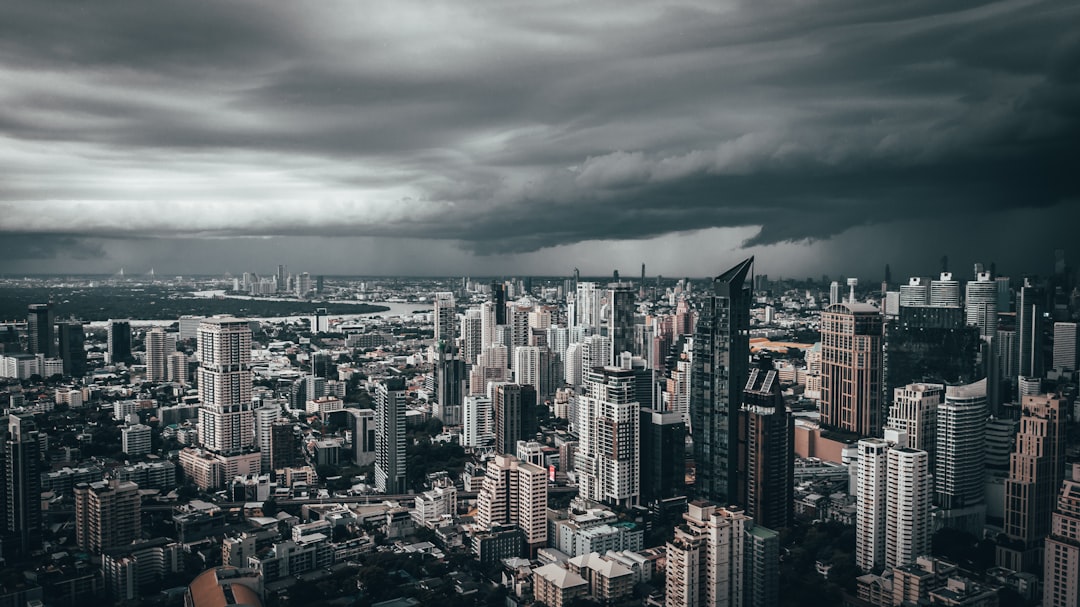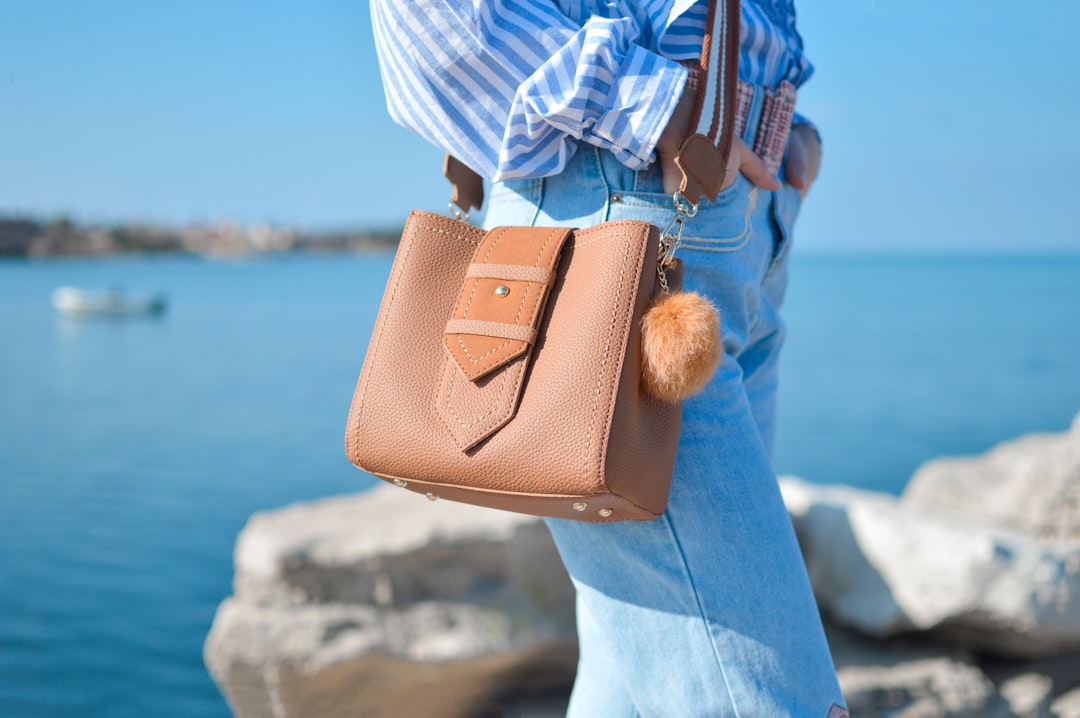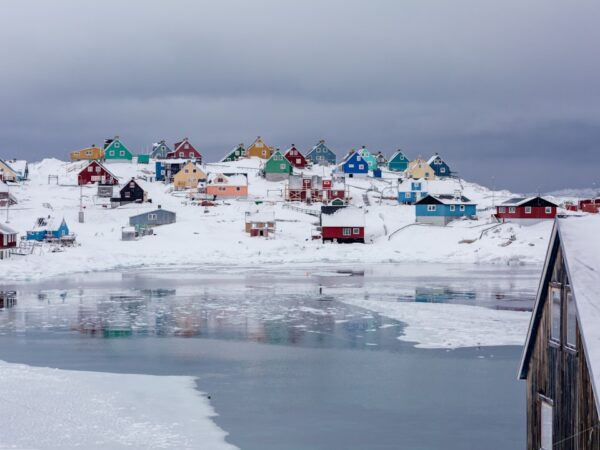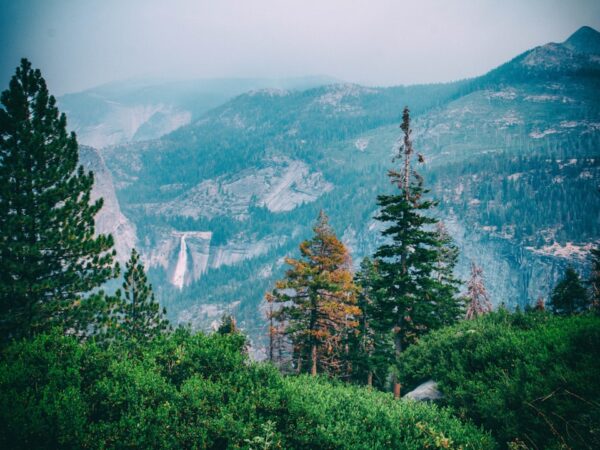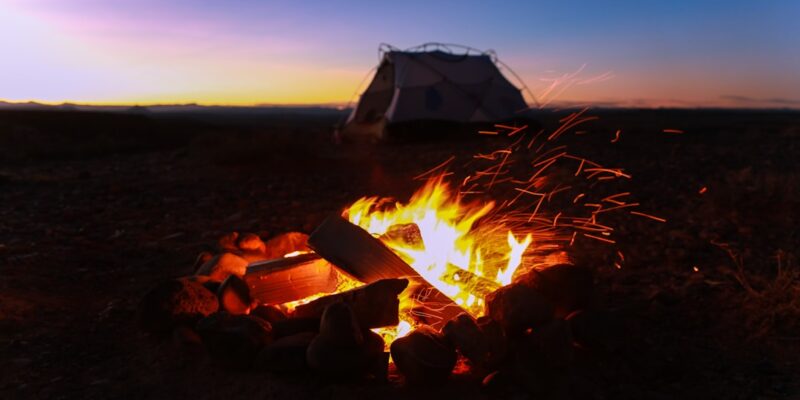
Camping in the Aussie Outback: A Wild Adventure
Camping in the Australian Outback is a truly unique and unforgettable experience. The Outback, also known as the Red Centre, is a vast and remote region that covers the majority of Australia’s interior. It is characterized by its stunning landscapes, including iconic landmarks such as Uluru and Kakadu National Park. However, camping in the Outback also presents its own set of challenges, from extreme weather conditions to encounters with dangerous wildlife. In this article, we will explore what to expect when camping in the Aussie Outback, the best places to camp, essential gear and supplies, staying safe in the elements, wildlife encounters, activities to enjoy, cooking over a campfire, exploring off the beaten track, learning about Aboriginal culture, and minimizing your impact on the environment.
Key Takeaways
- Camping in the Aussie Outback offers a unique and unforgettable experience.
- Uluru and Kakadu are among the best places to camp in the Outback.
- Essential gear and supplies are necessary for a successful Outback adventure.
- Staying safe in the Outback requires preparation and knowledge of the elements.
- Wildlife encounters can be dangerous, but staying aware and informed can help minimize risks.
The Best Places to Camp in the Outback: From Uluru to Kakadu
The Australian Outback is home to some of the most breathtaking camping destinations in the world. One of the most famous and iconic locations is Uluru, also known as Ayers Rock. This massive sandstone monolith rises out of the desert and is sacred to the local Aboriginal people. Camping near Uluru allows you to witness stunning sunrises and sunsets over this natural wonder.
Another must-visit destination in the Outback is Kakadu National Park. This UNESCO World Heritage Site is known for its diverse wildlife, ancient rock art sites, and stunning waterfalls. Camping in Kakadu allows you to immerse yourself in nature and explore its many wonders.
Other notable camping destinations in the Outback include Kings Canyon, Flinders Ranges, and the Kimberley region. Each of these locations offers its own unique features and attractions, from towering cliffs and deep gorges to pristine beaches and rugged mountain ranges.
Preparing for Your Outback Adventure: Essential Gear and Supplies
When camping in the Outback, it is essential to come prepared with the right gear and supplies. The remote and harsh environment of the Outback means that you may not have access to amenities or services, so it is important to be self-sufficient.
Some essential gear to bring includes a sturdy tent, sleeping bags, camping stove, cooking utensils, water containers, and a first aid kit. It is also important to pack appropriate clothing for the extreme weather conditions of the Outback, including hats, sunscreen, and insect repellent.
When it comes to supplies, make sure to bring enough food and water for your entire trip. It is also a good idea to have a backup supply of water in case of emergencies. Additionally, make sure to bring a map and compass or GPS device to navigate the vast and sometimes confusing terrain of the Outback.
Surviving the Elements: Tips for Staying Safe in the Outback
| Surviving the Elements: Tips for Staying Safe in the Outback |
|---|
| 1. Always carry enough water and food |
| 2. Wear appropriate clothing and footwear |
| 3. Know the signs of heat exhaustion and dehydration |
| 4. Plan your route and inform someone of your plans |
| 5. Carry a first aid kit and know how to use it |
| 6. Be aware of the wildlife and their habitats |
| 7. Carry a map and compass or GPS device |
| 8. Know how to start a fire and signal for help |
| 9. Respect the environment and leave no trace |
| 10. Stay calm and focused in emergency situations |
The Outback is known for its extreme weather conditions, including scorching heat during the day and freezing temperatures at night. It is important to take precautions to stay safe in these conditions.
One of the most important things to do is to stay hydrated. Make sure to drink plenty of water throughout the day and avoid strenuous activities during the hottest parts of the day. It is also important to protect yourself from the sun by wearing sunscreen, a hat, and lightweight clothing that covers your skin.
In addition to extreme heat, the Outback can also experience severe storms and flash floods. It is important to be aware of weather forecasts and seek shelter if necessary. When setting up your campsite, make sure to choose a location that is not prone to flooding.
Wildlife Encounters: What to Watch Out for and How to Stay Safe
The Australian Outback is home to a wide variety of unique wildlife, including kangaroos, emus, snakes, and spiders. While encounters with wildlife can be exciting, it is important to take precautions to stay safe.
One of the most important things to remember is to never approach or feed wild animals. This can be dangerous for both you and the animals. It is also important to be aware of your surroundings and watch out for snakes and spiders, which can be venomous.
When camping in the Outback, it is a good idea to keep your food stored securely to avoid attracting wildlife. This includes using sealed containers and hanging food from trees if necessary. It is also important to dispose of waste properly to avoid attracting animals.
The Best Outback Activities: Hiking, Swimming, and More
The Outback offers a wide range of activities for outdoor enthusiasts. One of the best ways to explore the stunning landscapes of the Outback is through hiking. There are numerous hiking trails that take you through breathtaking gorges, ancient rock formations, and lush oases.
Swimming is another popular activity in the Outback, especially during the hot summer months. There are many natural swimming holes and waterfalls where you can cool off and relax. Just make sure to check for any signs or warnings about crocodile or jellyfish presence before taking a dip.
Other popular activities in the Outback include birdwatching, fishing, and photography. The vast and diverse landscapes of the Outback provide endless opportunities for capturing stunning images of nature.
Cooking in the Outback: Delicious Recipes for Campfire Cooking
One of the highlights of camping in the Outback is cooking over a campfire. There is something special about preparing a meal outdoors and enjoying it under the stars.
When cooking over a campfire, it is important to have the right equipment, including a campfire grill or tripod and a cast-iron skillet or Dutch oven. These tools allow you to cook a wide variety of meals, from hearty stews and casseroles to grilled meats and vegetables.
Some delicious and easy-to-make recipes for campfire cooking include campfire chili, damper bread, and roasted marshmallows for dessert. These meals are not only tasty but also provide the energy needed for outdoor activities.
Getting Off the Beaten Track: Exploring the Hidden Gems of the Outback
While popular destinations like Uluru and Kakadu are must-visit locations in the Outback, there are also many hidden gems waiting to be discovered. Exploring off the beaten track allows you to experience the true wilderness and solitude of the Outback.
Some lesser-known destinations in the Outback include the Bungle Bungle Range in Purnululu National Park, the Painted Desert in South Australia, and the Simpson Desert. These locations offer unique landscapes and attractions that are often overlooked by tourists.
When exploring off the beaten track, it is important to be prepared and have a reliable vehicle. The remote nature of these destinations means that there may not be any services or facilities available, so it is important to be self-sufficient.
Meeting the Locals: Learning About Aboriginal Culture and Traditions
The Outback is not only known for its stunning landscapes but also for its rich Aboriginal culture. The Aboriginal people have lived in harmony with the land for thousands of years and have a deep connection to their ancestral lands.
When camping in the Outback, it is important to respect and learn about Aboriginal culture and traditions. This can be done through visiting cultural centers, participating in guided tours led by Aboriginal guides, or engaging with local communities.
It is important to remember that Aboriginal land is sacred and should be treated with respect. Always seek permission before entering or camping on Aboriginal land and follow any guidelines or restrictions that may be in place.
Leaving No Trace: How to Minimize Your Impact on the Outback Environment
When camping in the Outback, it is important to practice responsible camping and minimize your impact on the environment. The fragile ecosystems of the Outback can be easily damaged by human activities, so it is important to leave no trace.
Some tips for minimizing your environmental impact include packing out all trash, using biodegradable toiletries, and avoiding unnecessary noise and disturbance to wildlife. It is also important to stay on designated trails and campsites to avoid damaging sensitive vegetation.
By practicing responsible camping, you can help preserve the beauty and integrity of the Outback for future generations to enjoy.
Camping in the Aussie Outback offers a unique and unforgettable experience. From the stunning landscapes and unique wildlife to the rich Aboriginal culture and traditions, there is something for everyone to enjoy. However, it is important to come prepared with the right gear and supplies, take precautions to stay safe in the elements, and minimize your impact on the environment. By following these tips and guidelines, you can have a safe and enjoyable camping experience in the Australian Outback.
FAQs
What is the Australian Outback?
The Australian Outback is a vast and remote region in the interior of Australia, characterized by arid landscapes, rugged terrain, and extreme temperatures.
What are the best times of year to go camping in the Australian Outback?
The best times of year to go camping in the Australian Outback are during the cooler months of April to September, when temperatures are more moderate and rainfall is less likely.
What are some essential items to bring when camping in the Australian Outback?
Essential items to bring when camping in the Australian Outback include a sturdy tent, sleeping bags and mats, plenty of water, food and cooking supplies, a first aid kit, insect repellent, and appropriate clothing for the climate.
What are some popular camping spots in the Australian Outback?
Some popular camping spots in the Australian Outback include Uluru-Kata Tjuta National Park, Kakadu National Park, the Kimberley region, and the Flinders Ranges.
What are some safety precautions to take when camping in the Australian Outback?
Safety precautions to take when camping in the Australian Outback include staying hydrated, avoiding strenuous activity during the hottest parts of the day, being aware of the risk of bushfires, and carrying a satellite phone or emergency beacon in case of an emergency.
What are some unique experiences to have when camping in the Australian Outback?
Some unique experiences to have when camping in the Australian Outback include stargazing in the clear night skies, exploring ancient Aboriginal rock art sites, and spotting native wildlife such as kangaroos, wallabies, and emus.


